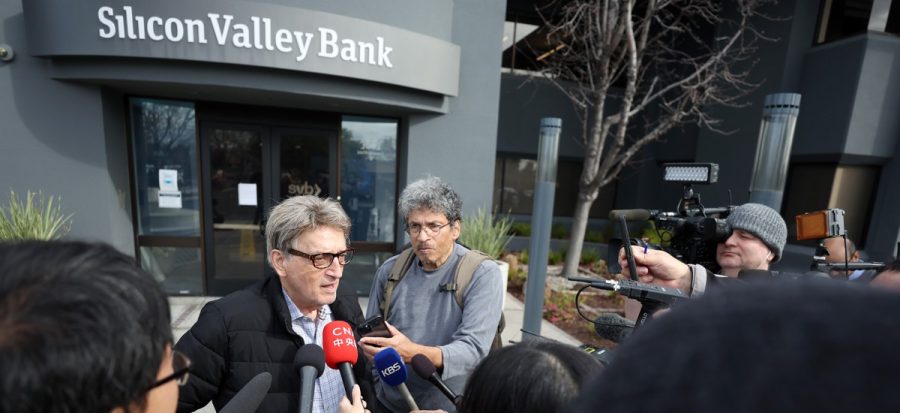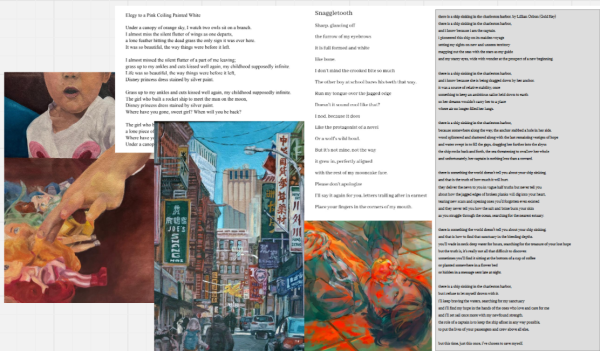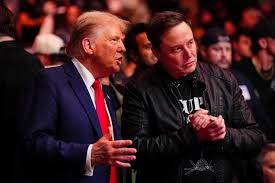The Largest Bank Collapse Since 2008
A Synopsis of the Silicon Valley Bank Crash
Silicon Valley Bank, a major player in the tech and venture capital community, has collapsed, marking the largest U.S. bank failure since the global financial crisis more than a decade ago. On Friday, March 10, financial regulators closed the bank and took over its deposits, leaving companies and wealthy individuals that relied on the bank in shock. The Federal Deposit Insurance Corp. (FDIC) announced that insured depositors will have access to their deposits no later than the following Monday morning. Also, SVB’s branch offices reopened during that time under the control of the FDIC.
According to the press release, SVB’s official checks will continue to clear and the FDIC’s standard insurance covers up to $250,000 per depositor, per bank, for each account ownership category. So essentially, if you had $10 million in the bank at SVB, you can only get $250,000 back. The FDIC said uninsured depositors will get receivership certificates for their balances and these depositors will receive dividends throughout the month, with potential additional dividend payments after the bank’s sale.
There is still potential on whether depositors with more than $250,000 will get all their money back depending on the sale of Silicon Valley assets or if another bank takes ownership of the remaining assets. There were concerns in the tech community that until that process unfolds, some companies may have issues making payroll. SVB had a “venture arm” that was spread out and invested in numerous companies which are now in the dump.
As of the end of December, 2022, SVB had almost $209 billion in total assets and $175.4 billion in total deposits. The FDIC said it was unclear what portion of those deposits were above the insurance limit. We can assume that many of the depositors had more than $250,000 deposited; SVB was known for the wealthy…
The last U.S. bank failure of this size was Washington Mutual in 2008, which had $307 billion in assets. As I mentioned, SVB was a major bank for venture-backed companies, which were already under pressure due to high interest rates and a slowdown for initial public offerings that made it more difficult to raise additional cash. Basically, companies were already struggling, then their bank crashed.
The closure of SVB would impact not only the deposits but also the credit and financing world. The FDIC said loan customers of SVB should continue to make their payments as normal. This represents a rapid downfall for SVB. The week of their downfall, the bank came to the world begging for money. They announced the need to raise more than $2 billion in additional capital after suffering a $1.8 billion loss on asset sales. The shares of parent company SVB Financial Group fell 60% Thursday and dropped another 60% in premarket trading Friday before being halted.
While many Wall Street analysts have argued that the struggles for SVB are unlikely to spread to the broader banking system, other small and mid sized banks felt the pressure on March 10. Treasury Secretary Janet Yellen said during testimony before the House Ways and Means Committee on Friday morning that she was “monitoring very carefully” developments at a few banks. Yellen made her comments before the FDIC announcement.
The collapse of SVB is a huge blow to the tech and venture capital community, which relied heavily on the bank for financing and other forms of support. The bank’s downfall has sent shockwaves throughout the industry, with many wondering how this will impact the broader tech industry. Despite this uncertainty, the FDIC has promised to work diligently to ensure that insured depositors receive their money and that the fallout from this collapse is minimized. We will see if they actually fulfill their promise.
According to a recent article, Silicon Valley Bank’s risky practices were on the Federal Reserve’s radar for more than a year, but the awareness proved to be insufficient in preventing the bank’s demise. The Fed repeatedly warned the bank that it had problems, but it did not fix its vulnerabilities. This is both on the Fed and the bank. The Fed took no action aside from warnings.
For example, in 2021, a Fed review of the growing bank found serious weaknesses in how it was handling key risks. Supervisors at the Federal Reserve Bank of San Francisco, which oversaw Silicon Valley Bank, issued six citations, which warned the firm that it was doing a bad job of ensuring that it would have enough liquid cash on hand in the event of trouble.
By July 2022, Silicon Valley Bank was in a full review and was ultimately rated deficient by governance and controls. It was placed under a set of restrictions that prevented it from growing through acquisitions. Essentially, the bank was suspended from acquiring other companies. Last autumn, staff members from the San Francisco Fed met with senior leaders at SVB to talk about their ability to gain access to enough cash in a crisis and possible exposure to losses as interest rates rose.
By early 2023, Silicon Valley Bank was in what the Fed calls a “horizontal review,” a test meant to measure the strength of risk management. That checkup identified more deficiencies, but at that point, the bank’s days were numbered.
In early March 2023, the bank faced a run and failed, sending fear across the broader American banking system that ultimately led to a sweeping government intervention meant to prevent panic from spreading. Credit Suisse, which was caught up in the panic that followed Silicon Valley Bank’s demise, was taken over by UBS in a hastily arranged deal put together by the Swiss government.
Still, the extent of known issues at the bank raises questions about whether Fed bank examiners or the Fed’s Board of Governors in Washington could have done more to force the institution to address weaknesses. Whatever intervention was staged was too little to save the bank, but why remains to be seen. The Fed’s report is expected to explain information about Silicon Valley Bank that is usually kept private as part of the confidential bank oversight process. It will also include any recommendations for regulatory fixes.
The bank’s downfall and the chain reaction it set off is also likely to result in a broader push for stricter bank oversight. Typically, banks with fewer than $250 billion in assets are excluded from the most onerous parts of bank oversight, and that has been even more true since a “tailoring” law that passed in 2018 during the Trump administration and was put in place by the Fed in 2019. Those changes left smaller banks with less stringent rules. Silicon Valley Bank was still below that threshold, and its collapse revealed that even banks that are not large enough to be deemed globally systemic can cause sweeping problems in the American banking system.
Featured Courtesy of Nextgov








